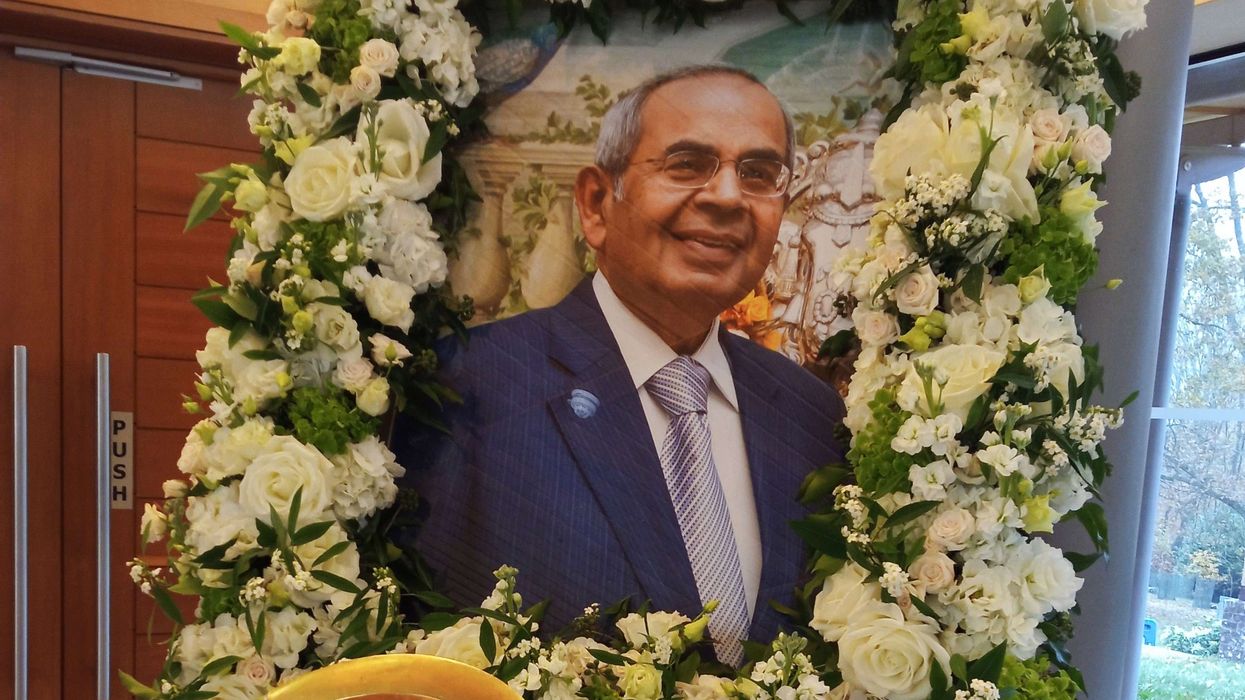Lamine Yamal has been impressive at Euro 2024, and on Tuesday in Munich, he scored a remarkable goal against France, propelling Spain into the final with a 2-1 victory.
France initially took the lead through Randal Kolo Muani, but the 16-year-old Yamal responded with a stunning strike, becoming the youngest goalscorer in the tournament's history.
His goal after 21 minutes stunned France, and Dani Olmo scored the decisive second goal four minutes later.
The Barcelona winger had assisted in previous wins over Croatia, Georgia, and Germany but had not scored until now.
"We were a goal down, and I just got the ball -- I didn't think about it much and then shot at goal," Yamal told ZDF. "I'm not thinking much about being 16, I'm just enjoying it and I'm proud to be in the final."
Yamal, who debuted for Barcelona at 15 in the 2022-23 season, has become a crucial player for his team and Spain, having made just 13 appearances for his country.
Spain coach Luis de la Fuente praised Yamal, calling him a "genius" and expressing joy that he is Spanish.
He has been compared to former Barcelona great Lionel Messi, whom he admired as a child. A photo of Messi with a baby Yamal from 2007 recently surfaced, highlighting their connection.
Spain's right-back Jesus Navas, who played against France, is older than Yamal's father, Mounir Nasraoui.
France midfielder Adrien Rabiot, 29, challenged Yamal before the game, saying he would need to do more to play in a Euros final. Yamal responded on Instagram, posting a graphic with the caption, "Move in silence, only speak when it is time to say checkmate."
Yamal's agility and footwork helped him score his goal and nearly got him another in the second half.
Although he needs to become more lethal in front of the goal, his maturity and defensive commitment are evident. Midfielder Rodri praised Yamal for his complete game and defensive efforts.
Yamal will turn 17 on July 13, the day before the final in Berlin against England or the Netherlands. When asked what he wants for his birthday, he said, "To win, to win, to win. It was my objective, to reach my birthday still in Germany."
In the second semi-final today, England are aiming to reach the final of a major tournament on foreign soil for the first time and take a step closer to ending a 58-year wait to win a major tournament.
(With inputs from AFP)














